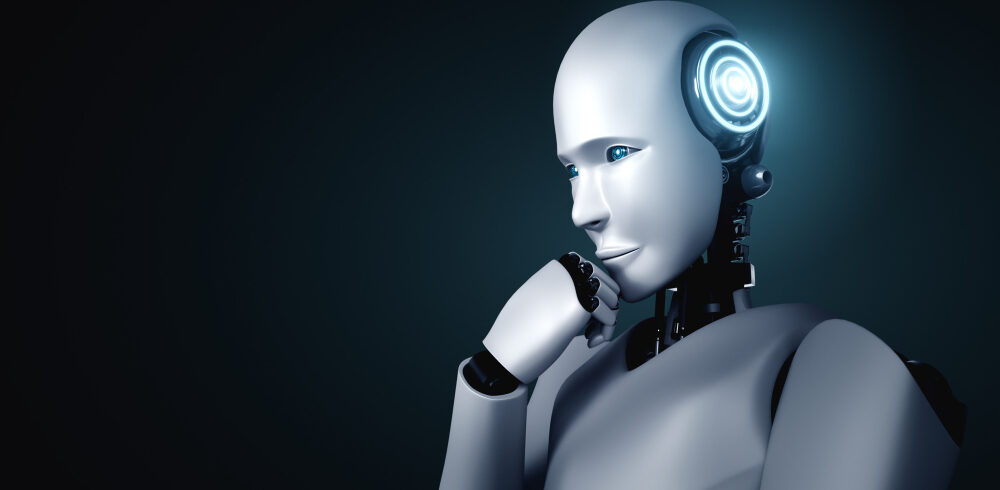Newton Physics Engine: A New Era in Simulation
Introduction
Physics engines are essential for modeling real-world dynamics in a variety of domains, including robotics, gaming, and artificial intelligence. These engines help to generate realistic landscapes in which things interact in accordance with physical principles like gravity, friction, and collisions. As technology progresses, the requirement for high-precision simulations increases dramatically. With sectors such as gaming, robotics, and artificial intelligence relying significantly on realistic physics models, there is a demand for more accurate, real-time flexible, and AI-integrated physics engines.
Why Do We Need Another Physics Engine?
Many physics engines are already available,MuJoCo and NVIDIA Flex PhysX, and others. However, these existing engines have numerous drawbacks.
- Accuracy Issues: Many physics engines favor performance above accuracy, producing unrealistic simulations in high-speed circumstances.
- Limited Real-Time Adaptability: Most physics engines struggle to dynamically adapt to changing simulation environments, which is essential for AI and robotics applications.
- Poor Soft-Body Simulation: Simulating soft-body dynamics (such as human tissue, cloth, and fluids) remains a challenge for many current engines.
- Lack of AI Integration: As AI-powered applications expand, physics engines must work smoothly with machine learning models to improve training and interaction.
By offering high-precision physics simulations with improved adaptability and AI integration, Newton Physics Engine seeks to address these issues and establish a new standard for the sector.
Current Market Analysis
The market for physics simulations is predicted to expand at a compound annual growth rate (CAGR) of 12.4% between 2024 and 2030. Three main sectors dominate the market:
- Robotics (30%):In order to train AI models and verify robotic actions in virtual settings, robotics research and automation rely significantly on physics simulations.
- Gaming Industry (45%): Physics engines are essential because realistic interactions in video games depend on real-time physics computations.
- Industrial Applications (25%): The automotive, aerospace, and manufacturing sectors all make extensive use of simulations for testing and design validation.
Companies like NVIDIA are pushing the envelope by incorporating AI acceleration into physics computations, underscoring the significance of innovation in this field as investments in AI-driven physics engines rise.
Existing Models in Robotics
Robotics now uses a number of physics engines, each with special advantages and disadvantages:
MIT’s Drake
- Used In: research on robotics and AI education.
- Key Feature: Open-source and extensively used in academic settings for robotic planning and control.
NVIDIA Isaac Sim
- Used In: AI-powered robotic training.
- Key Feature: Uses GPU acceleration to improve real-time physics simulations.
Google DeepMind’s MuJoCo
- Used In: Reinforcement learning and AI.
- Key Feature: Offers advanced physics modeling for machine learning applications.
Newton Physics Engine sets itself apart from existing models with its emphasis on seamless AI integration, high-speed collision precision, and real-time adaptability.
How Newton Physics Engine Stands Out
By addressing the shortcomings of current engines, the Newton Physics Engine seeks to redefine the benchmarks for physics simulation:
- Enhanced Accuracy: Newton is perfect for scientific research and AI training since it employs a sophisticated numerical solver to increase simulation precision.
- Real-Time Adaptability: The engine is very useful for robotics and artificial intelligence applications since it dynamically modifies simulation parameters in response to environmental changes.
- Soft-Body and Fluid Simulation: Newton does a better job of realistically simulating fluids, soft bodies, and high-speed collisions than the majority of conventional physics engines.
- AI Integration: The engine’s smooth integration with AI frameworks enables real-time interaction between machine learning models and physics-based settings.
- GPU Acceleration: Newton guarantees high-performance calculations without sacrificing accuracy by utilizing contemporary GPUs.
Future of Physics Engines
As fields like AI, robotics, and gaming develop, there will be an increasing need for high-precision physics engines. One of the main forces behind innovation will be the incorporation of AI-powered physics simulations, which will allow for more realistic virtual surroundings and more intelligent decision-making.
Newton Physics Engine, a potent, AI-integrated, and incredibly accurate physics simulation engine, is poised to transform the industry. It seeks to revolutionize gaming, robotics, and industrial applications by providing unmatched precision, versatility, and performance.
Conclusion
Developments in AI, robotics, and gaming depend on the growth of physics engines. Even though current engines like Bullet, ODE, and PhysX have greatly influenced the industry, their shortcomings make them ineffective for high-precision applications. With its AI integration, improved precision, and real-time adaptability, Newton Physics Engine is a next-generation solution that is intended to address these issues.
Newton Physics Engine is positioned to become the preferred choice for developers and researchers looking for the most sophisticated simulation capabilities because to its solid physics foundation and state-of-the-art AI integration. Newton is setting the standard for physics simulation in the future.
Q&A
- Q. What is Newton Physics Engine?
- A. high-precision, AI-integrated physics simulation engine.
- Q. Why do we need another physics engine?
- A. To overcome accuracy issues, improve adaptability, and enhance AI integration.
- Q. How does the Newton Physics Engine differ from existing engines?
- A. It offers enhanced accuracy, real-time adaptability, soft-body simulation, and GPU acceleration.
- Q. Which industries can benefit from Newton Physics Engine?
- A. Gaming, robotics, AI, automotive, aerospace, and industrial simulations.
- Q. What makes Newton better for AI applications?
- A. It seamlessly integrates with AI frameworks for real-time interaction.


Leave A Comment